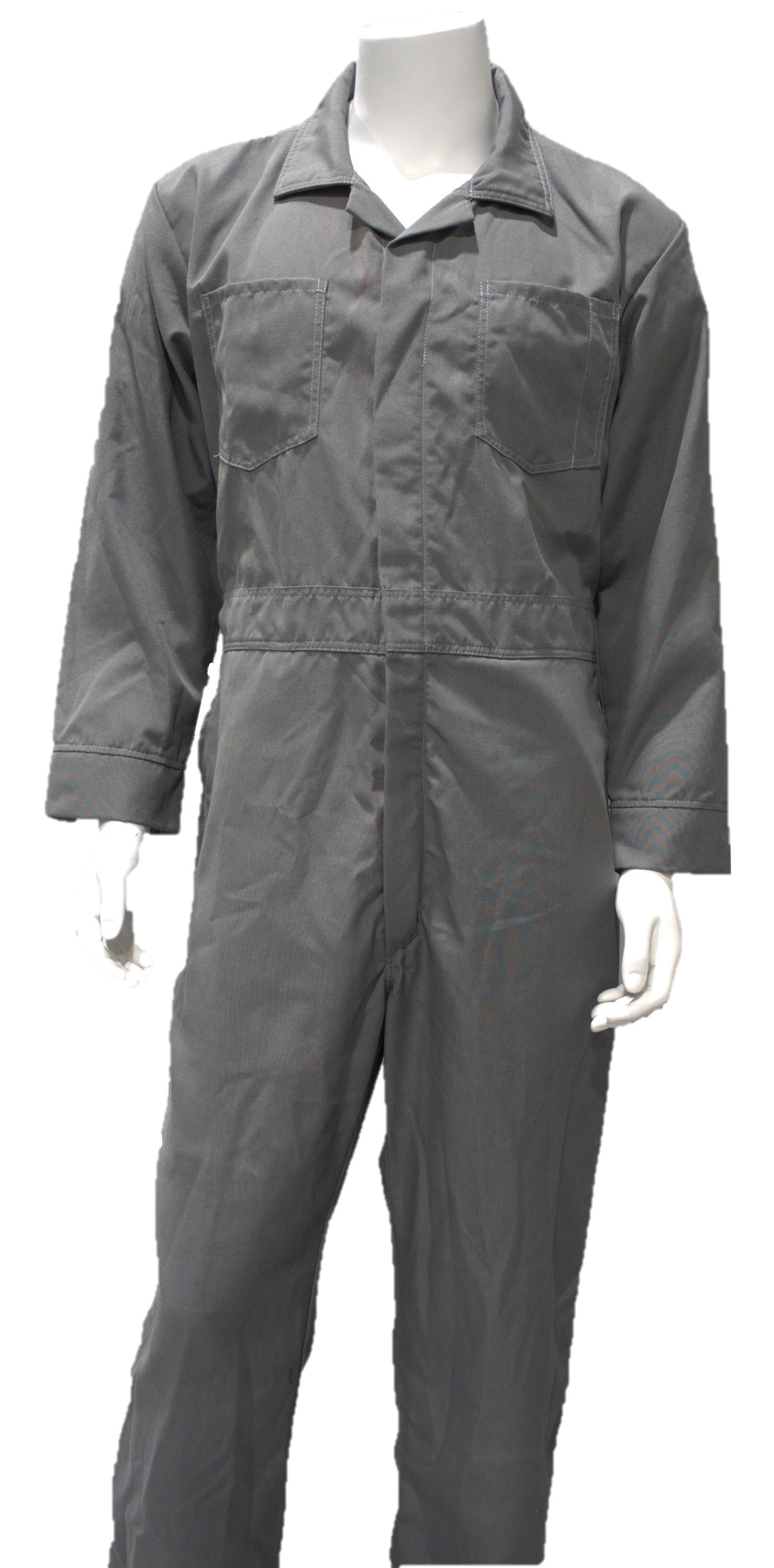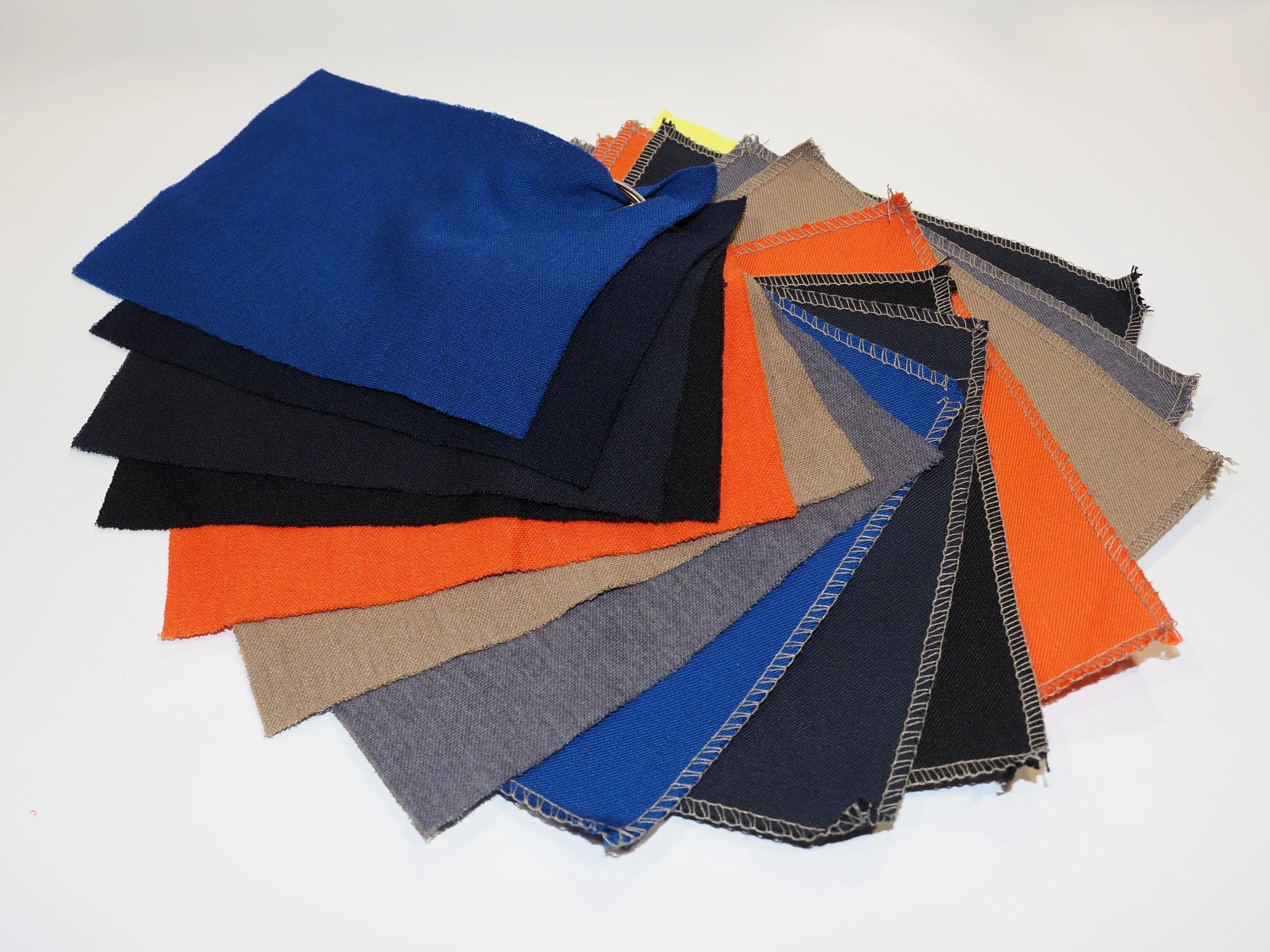Flame Resistant Fabrics
Made from materials that are inherently nonflammable - the materials have flame resistance built into their chemical structures. Fabrics made with these types of materials are designed to prevent the spread of fire and will not melt or drip when in close proximity to a flame.
Safety Made Simple
Flame Resistant Coveralls
#7490
Color options
Fire Navy
Black
Navy
Royal Blue
Gray
Red
Orange
Tan
Options
Lettering and identification applied as per Safety/HSE requirements
Any pocket combination (chest or back patch, hip slash, inner pocket access)
Any fire retardant retroreflective stripping combination
When it comes to ensuring safety on the jobsite, one should never take shortcuts. Our FR workwear is meticulously designed with the wearer in mind. Lightweight, breathable, and moisture-wicking features are integrated to guarantee maximum comfort even in the toughest conditions. Opt for our CSE garments crafted from GlenGuard fabric, renowned for being the most comfortable, durable, and versatile FR textile in the workwear industry. Our high-performance FR fabrics by GlenGuard are specifically engineered to offer unparalleled protection and comfort. Each garment made is the result of meticulous design and rigorous testing to provide the ultimate fit, feel, and performance.
Glenguard
It’s simple: a garment made of GlenGuard will perform better and last longer. Fortified with solution-dyed fiber content, GlenGuard fabrics are built to withstand not only the toughest work conditions, but also industrial-strength laundering. A prolonged garment life means improved safety, lower replacement costs, team image uniformity, and a smaller carbon footprint.
Exclusive Features
CSA-Z96-22 compliant fire retardant visibility stripping
Gussets across back shoulders for increased mobility
Elasticized back waistband for comfort and reducing bulk
Two-way front fly zipper closure
Boot zip with adjustable tab for ease of dressing over boots
Flame-Resistance
Fire flash testing
A flash fire is common in environments where flammable solids, liquids and their vapors, gases or dust are prevalent. When a flash fire ignites, there are considerable shock waves along with a rapidly moving flame front at a high temperature that can last for a short duration. The test method for flash fire, ASTM F1930, requires a 3 second exposure to flame and uses sensors on a mannequin to determine a body burn percentage. See how GlenGuard FR performs compared to non-FR garments.
Arc-Resistance
Arc flash testing
Arc flash occurs when a flashover of electric current passes through the air from one conductor to another, or to ground — creating the possibility of the blast reaching up to 35,000°F. Subsequently, an ignition of clothing can occur, as well as burns directly to the skin. GlenGuard has been rigorously tested to test method ASTM F1959, which determines the heat transfer response through a fabric after it’s been exposed to an electric arc. See how GlenGuard performs.













